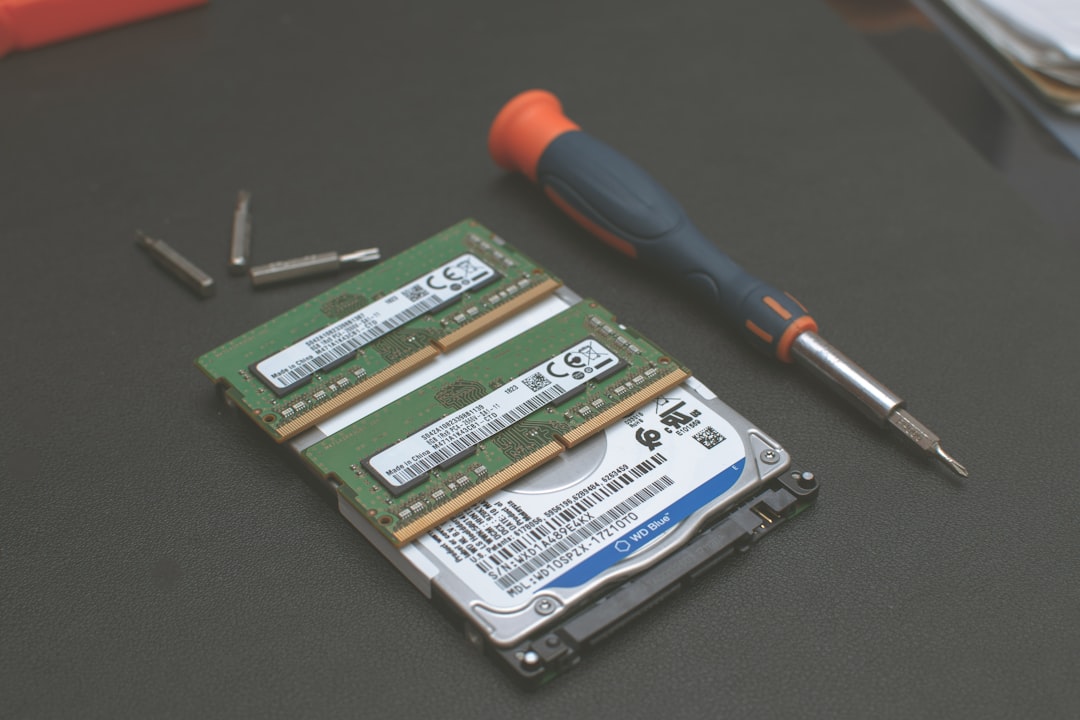The Apple T2 Security Chip, found in many MacBook Pro and MacBook Air models introduced after 2018, revolutionized hardware-based security. It handles a variety of tasks such as encrypted storage, secure boot, and Touch ID. While it significantly improves device security, it also makes data recovery more complex than ever before. If you’ve ever wondered how to recover lost data from a Mac equipped with the T2 chip, you’re not alone.
Before diving into the recovery process, it’s important to understand why the T2 chip complicates matters. When data is stored on a Mac with a T2 chip, it is encrypted automatically using a dedicated hardware key. This means that traditional recovery tools may not work unless the device’s original credentials and configurations are intact. So whether you’ve experienced a hardware failure, software corruption, or accidental deletion, knowing your recovery options is crucial.
What You Need to Know About the T2 Chip
The T2 chip combines several controllers into one and adds a secure enclave for encrypted operations. Some of its core responsibilities include:
- Securing the boot process to verify software integrity
- Handling Touch ID and encryption keys for storage
- Managing hardware-level encryption of SSD storage
This level of integration makes data more secure, but it also means you can’t simply remove your Mac’s SSD and access it using another computer—because the decryption keys are stored on the T2 chip itself.

Scenarios Where Data Recovery May Be Needed
There are several situations where you might need to recover data from a T2-equipped Mac:
- The Mac won’t boot due to a software or hardware issue
- Files were accidentally deleted or lost after a reinstallation
- The internal SSD has failed or become corrupted
- You’ve forgotten your Mac password
In these cases, your ability to recover data largely depends on whether FileVault was enabled and whether you have access to your password or recovery key.
Steps to Take Before Attempting Recovery
Before trying any recovery method, consider the following preparations:
- Check your backups—Time Machine, iCloud, or third-party backup software might already have the data you need.
- Locate your recovery key—If FileVault is enabled, this key is essential to decrypt your data.
- Assess the status of your Mac—Does it power on? Can you access macOS Recovery?
Recovery Methods for T2 Equipped MacBooks
1. Use Target Disk Mode (Mac to Mac)
This method allows you to transfer data from the problematic Mac to another Mac via USB-C or Thunderbolt:
- Connect both Macs with a compatible cable.
- Reboot the T2 Mac while holding ‘T’ to enter Target Disk Mode.
- Access the internal drive on the host Mac (requires the password of the original Mac).
Note: If FileVault is on, you’ll need the password to unlock the disk.
2. Restore from Time Machine or iCloud
If you set up Time Machine or enabled iCloud Drive, you might be able to restore lost files directly.
- Boot into macOS Recovery (Command + R).
- Select “Restore from Time Machine” or sign in with your Apple ID to access iCloud files.
3. Third-Party Data Recovery Services
If your device is physically damaged or you cannot access it at all, using a professional data recovery service might be your only option.
Reputable data recovery experts have specialized tools for T2-equipped Macs, though success depends on the state of the T2 chip itself. For instance, if the chip is damaged or the password is unknown, recovery may be impossible due to Apple’s built-in security mechanisms.

What to Do If Recovery Fails
Apple’s stringent privacy and security policies mean that if the encryption key is lost (like in the case of forgetting your password and losing the recovery key), even Apple cannot unlock your data. In such scenarios, you may need to accept that the data is unrecoverable and focus on data protection for future incidents.
Best Practices for the Future
- Enable Time Machine and regularly back up your data both locally and to the cloud.
- Store your FileVault recovery key in a secure place off your device.
- Use iCloud or external drives for frequently accessed files to limit data loss risk.
While the T2 chip improves overall Mac security, it comes with a trade-off: recovery becomes highly dependent on having the correct authentication credentials and backup solutions in place. Being proactive and understanding the mechanics of your device are your best bets for safeguarding your data.
I’m Sophia, a front-end developer with a passion for JavaScript frameworks. I enjoy sharing tips and tricks for modern web development.
